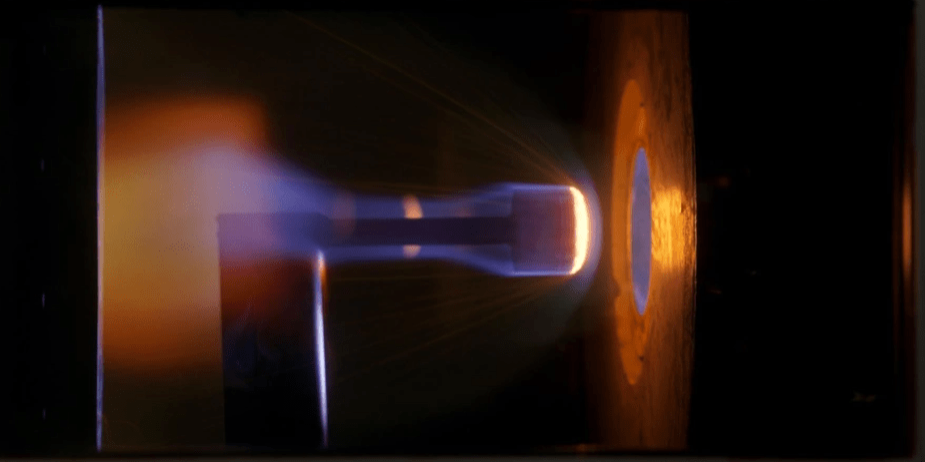Missile propulsion and hypersonic thermal protection systems typically include components that operate at very high temperatures – often in the range of approximately 1750 °C to over 3500 °C. Ablation resistance usually enables the highest performance system capabilities. Evaluating materials for such environments is usually difficult and costly, especially if arc-heater or rocket-motor testing is required. For example, if an entirely new missile propellant is developed, an evaluation process is desired to identify candidate ablation-resistant materials, but the pool of candidate materials could be enormous – it may include all borides, carbides, nitrides, oxides, silicides, phosphides, etc. A suitable analytical approach will reduce the number of candidate materials to as few as possible, which will then minimize the testing required and, in turn, minimize the evaluation cost and time. A chemical thermodynamics analytical approach will be presented that accomplishes this. Don’t fear the word “thermodynamics”! You will gain a greater understanding of it, its simple and straightforward use, and its power to do what you want.
Security Requirements: This webinar is limited distribution and will require a government-sponsored CAC to log on.


